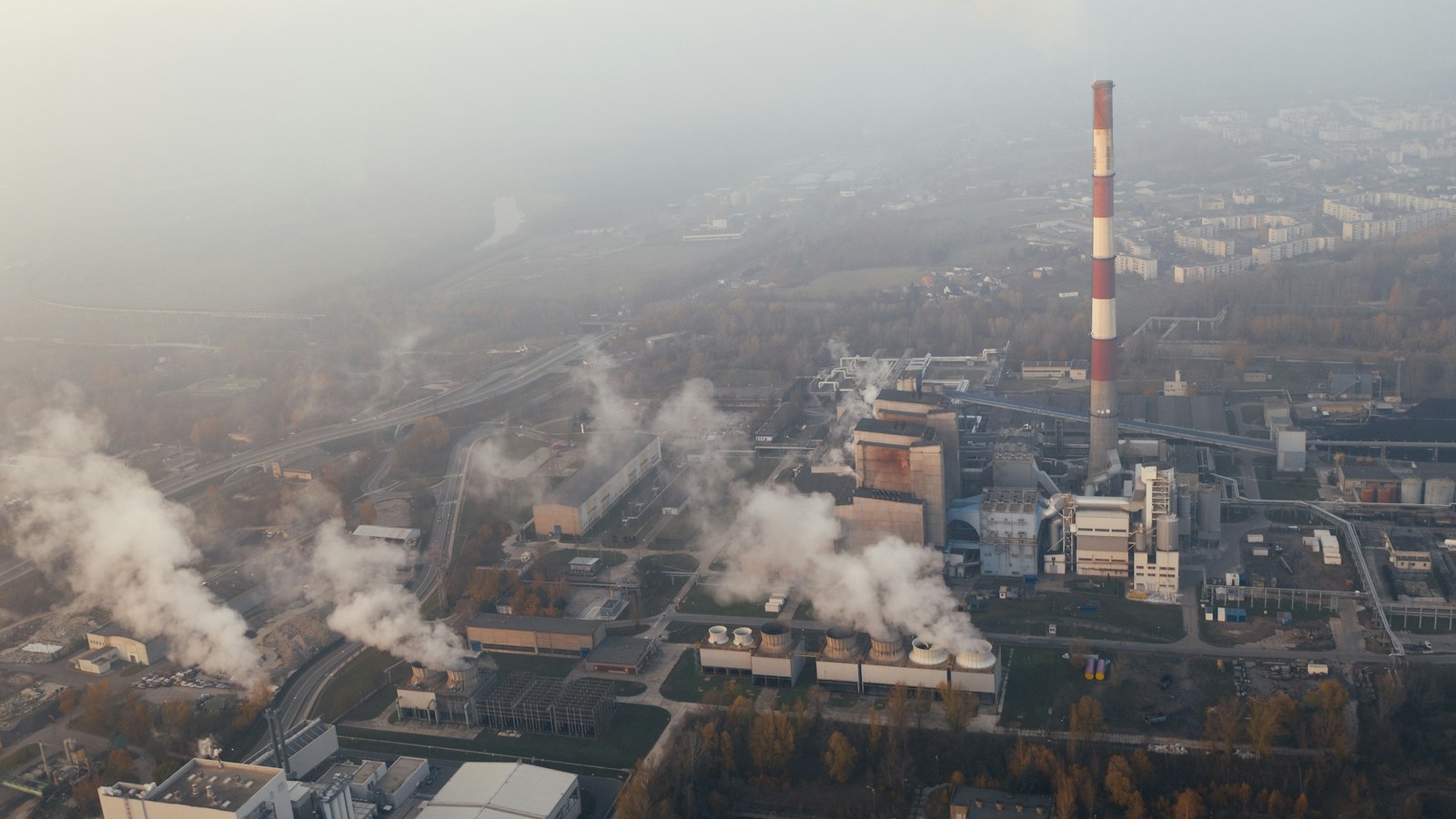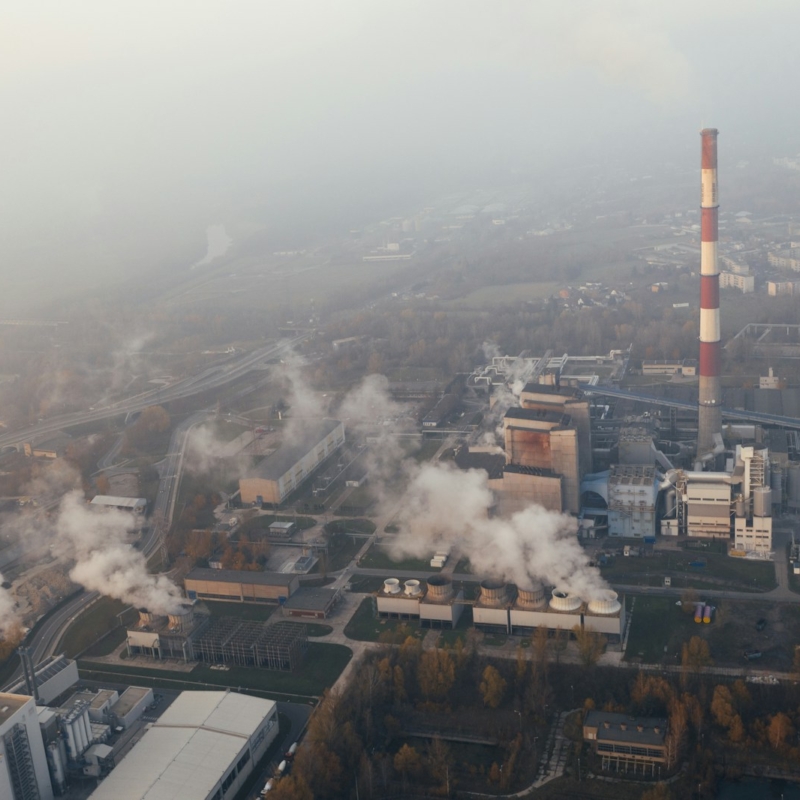Lansink's ladder: a sustainable guide to effective waste management
Waste management plays an increasing role within the pursuit of sustainability and a circular economy. Companies are under increasing pressure to deal with their waste more efficiently and environmentally friendly.
One of the most widely used models to structure waste management and make it more sustainable is the ladder of Lansink. This model provides companies with a clear and practical framework to minimise the impact of their waste streams. In this blog, we explain exactly what Lansink's ladder means, why it is so important and how you can apply this model in your organisation.
What is Lansink's ladder?
Lansink's ladder is a hierarchical model that sets priorities for dealing with waste. The model was introduced in 1979 by Ad Lansink, a Dutch politician who recognised the importance of waste prevention and recycling early on. His vision was eventually enshrined in the European waste directives and is now the basis for waste policies in many countries.
The ladder consists of six steps, focusing on minimising waste generation and maximising reuse and recycling. The steps, from high to low, are:
- Prevention
- Reuse
- Recycling
- Energy recovery
- Combustion
- Dumping
The higher you operate on Lansink's ladder, the more sustainable and efficient you are as an organisation. But what do these steps mean in practice for companies?
The six steps of Lansink's ladder explained
1. Prevention: preventing waste at source
The top step of the ladder focuses on waste prevention. This means that, as a company, you look critically at your processes, raw materials and products to avoid unnecessary waste production. Think about:
- Optimising product designs to use fewer materials.
- Switching to digital processes instead of paper.
- Conscious purchasing to reduce residual waste.
Prevention requires innovation and collaboration, but can save costs and significantly reduce your carbon footprint in the long run.
2. Reuse: reusing materials
The second step is all about reusing products and materials. This means that waste is not thrown away, but given a second life. For companies, this could mean, for example:
- Returning and reusing packaging materials.
- Repairing equipment instead of buying new.
- Offering products with a deposit system, such as pallets or containers.
Reuse not only offers environmental benefits, but can also bring economic benefits by consuming fewer raw materials.
3. Recycling: recovering valuable raw materials
If reuse is not possible, recycling comes into the picture. In recycling, materials are sorted and processed into new raw materials. Think for example of paper, glass, plastic or metals. Companies can contribute to recycling by:
- Separate waste streams properly (e.g. paper, plastic and organic waste).
- To opt for recyclable packaging and materials.
- Collaborate with specialised waste partners, such as Eurowaste, who optimally facilitate recycling.
Recycling reduces the need for new raw materials and ensures that valuable materials are not lost.
4. Energy recovery: energy from waste
When reuse and recycling are no longer an option, waste can be used for energy recovery. This involves burning the waste and converting the heat released into electricity or heat for district heating, for example.
Energy recovery is less sustainable than reuse or recycling, but it still offers a better alternative than incineration without energy recovery.
5. Incineration: destroying waste
Incineration without energy recovery is one of the last options on the ladder. Although the waste is effectively destroyed, valuable raw materials are lost and the method has a greater environmental impact.
For companies, it is therefore important to avoid combustion as much as possible and focus on the higher rungs of the ladder.
6. Landfilling: the least sustainable alternative
The lowest rung on the ladder is landfill. This is the most harmful alternative as it causes land pollution, greenhouse gas emissions and loss of resources. Moreover, landfilling is strongly discouraged by governments through strict regulations and higher costs.
How companies can apply Lansink's ladder
Lansink's ladder offers companies a structured approach to make their waste management more sustainable. But how do you start this as an organisation?
- Analyse your current waste streams
Map out how much waste you produce and where it comes from. This will help you identify bottlenecks and make targeted improvements. - Make waste prevention a priority
Look for opportunities to avoid waste at source, for example by designing, producing or buying more sustainably. - Separate waste efficiently
Ensure proper waste separation within your company so that materials can be recycled or reused. - Work with specialised partners
Choose an experienced waste partner like Eurowaste, who can advise and support you in optimising your waste management. - Set goals and measure your progress
Set concrete sustainability goals and monitor your progress regularly. This will help you take responsibility and improve where necessary.
The benefits of the Lansink ladder for companies
By working according to Lansink's ladder, you benefit from several advantages as a company:
- Cost savings: Less waste means lower processing and transport costs.
- Sustainability: You contribute to a circular economy and reduce your carbon footprint.
- Legal compliance: You comply with increasingly stringent environmental legislation.
- Positive reputation: Sustainable companies are more attractive to customers, investors and partners.
Conclusion
Lansink's ladder is more than a theoretical model; it provides companies with a concrete roadmap to make waste management more sustainable and efficient. By embracing prevention, reuse and recycling, organisations can not only comply with legal requirements, but also save costs and make their contribution to a circular economy.
With the right strategy and a reliable waste partner like Eurowaste, companies can take steps towards a greener future. Contact us today to discover how we can optimise your waste processes.
Question? Contact us
- Verviersstraat 2 / 3A, 2000 Antwerp, Belgium
- info@eurowaste.be
- +32 (0)3 281.33.63
- VAT: BE0458 360 434











